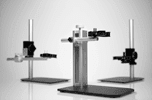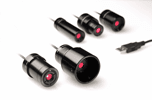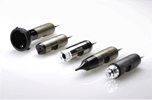Dino-Lite helps to research stem cells
The modulus of elasticity of stem cells can be determined in various ways, such as by nano-indentation. In this process, a so-called "probe" makes an imprint in the surface of the material. The elasticity can be calculated by measuring the depth. That is quite simply what the Piuma Nano Indenter made by the company Optics 11 from Amsterdam does. Development Manager Ir. Niek Rijnveld explains the research and clarifies Dino-Lite's role in this process.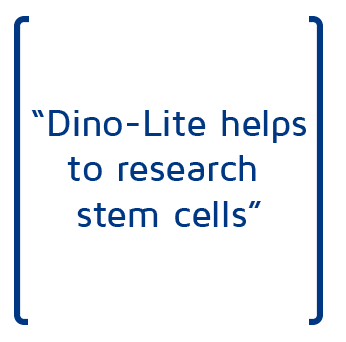
Stem cells
 The investigation into the potential of stem cells is still in its infancy. Numerous scientists and research groups all over the world are investigating the possibilities. A stem cell or a 'cellula praecursoria' is a cell that is still able to change into a different cell type. For example, stem cells may transform into cartilage cells, kidney cells or lung cells. The ability to differentiate, of course, has the considerable attention from scientists since this allows in theory to form a hart, ear or lung outside of the body. However, stem cells do not grow overnight. "They should be mounted on a base material, which is called a 'scaffold' in technical terms," said Rijnveld. "The elasticity of the scaffold partially determines the elasticity of the final culture material. That is important because for example when breeding cartilage for an ear, you want soft cartilage, but if you grow cartilage for a knee, you want hard cartilage. Indeed, it is not only the DNA that determines the final elasticity of a fabric, external factors such as the elasticity of the scaffold also play a role. In addition, we also want to know the elasticity of the tissue resulting from the culture, in order to assess whether the tissue meets the requirements."
The investigation into the potential of stem cells is still in its infancy. Numerous scientists and research groups all over the world are investigating the possibilities. A stem cell or a 'cellula praecursoria' is a cell that is still able to change into a different cell type. For example, stem cells may transform into cartilage cells, kidney cells or lung cells. The ability to differentiate, of course, has the considerable attention from scientists since this allows in theory to form a hart, ear or lung outside of the body. However, stem cells do not grow overnight. "They should be mounted on a base material, which is called a 'scaffold' in technical terms," said Rijnveld. "The elasticity of the scaffold partially determines the elasticity of the final culture material. That is important because for example when breeding cartilage for an ear, you want soft cartilage, but if you grow cartilage for a knee, you want hard cartilage. Indeed, it is not only the DNA that determines the final elasticity of a fabric, external factors such as the elasticity of the scaffold also play a role. In addition, we also want to know the elasticity of the tissue resulting from the culture, in order to assess whether the tissue meets the requirements."
Scientists want to know exactly what the elasticity of the scaffold and cultured materials is, and they are now able to measure this with the Piuma Nano Indenter of Optics 11, a young company that currently employs ten people. The measurements and the structure of the scaffold are captured with a Dino-Lite 1.3 megapixel USB microscope from the Edge series, which is built into the Piuma Nano Indenter.
Measuring with light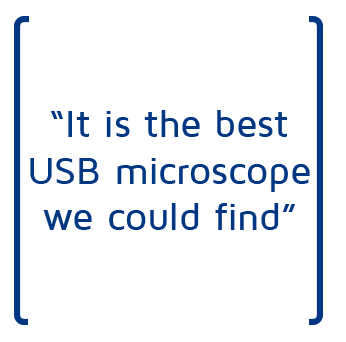
 The measurement of the elasticity is not done in millimeters but in nanometers. A nanometer is one billionth of a meter. To get an idea of the size: a fingernail grows five to ten nanometers per minute. The actual measurement is done with light through a glass fiber that hangs above a strip of glass. The strip of glass is fixed to one side so that it can bend freely at the other side. Glass bending is measured by determining the distance from the light to the strip of glass. At the end of the strip of glass is a so-called "probe", which presses the material to be examined. Such a probe may be of various materials and is generally drop-shaped in order to determine the elasticity of the material to be examined as accurately as possible.
The measurement of the elasticity is not done in millimeters but in nanometers. A nanometer is one billionth of a meter. To get an idea of the size: a fingernail grows five to ten nanometers per minute. The actual measurement is done with light through a glass fiber that hangs above a strip of glass. The strip of glass is fixed to one side so that it can bend freely at the other side. Glass bending is measured by determining the distance from the light to the strip of glass. At the end of the strip of glass is a so-called "probe", which presses the material to be examined. Such a probe may be of various materials and is generally drop-shaped in order to determine the elasticity of the material to be examined as accurately as possible.
The entire measurement process is recorded from above by a Dino-Lite Edge 1.3 megapixel microscope. The microscope shows the sample and the probe and can show how measurements are done at various points of the sample. Small variations in elasticity may have major implications for the development of the cells. Dino-Lite shows this measurement process very clearly and underpins the observed measurements to explain possible variations in the measurements. "It is the best USB microscope we could find," says Rijnveld. "We have experimented with many digital microscopes, but Dino-Lite delivers the best microscope for a competitive price. The built-in LED light is added value for us and the researchers can watch on the screen of the laptop connected to the Nano Indenter. They can completely record the measurement, but they can also choose to capture only parts of the measurement. Dino-Lite meets all our requirements and therefore Dino-Lite is a standard part of every Piuma Nano Indenter that is shipped."
 English
English  Français (French)
Français (French)  Deutsch (German)
Deutsch (German)  Español (Spanish)
Español (Spanish)  Nederlands (Dutch)
Nederlands (Dutch)  Italiano (Italian)
Italiano (Italian)  Dansk/Norsk
Dansk/Norsk  Svenska (Swedish)
Svenska (Swedish)  Polski (Polish)
Polski (Polish)  Čeština (Czech)
Čeština (Czech)  Türkçe (Turkish)
Türkçe (Turkish)  Русский (Russian)
Русский (Russian)  Arabic (اللغة العربية)
Arabic (اللغة العربية) 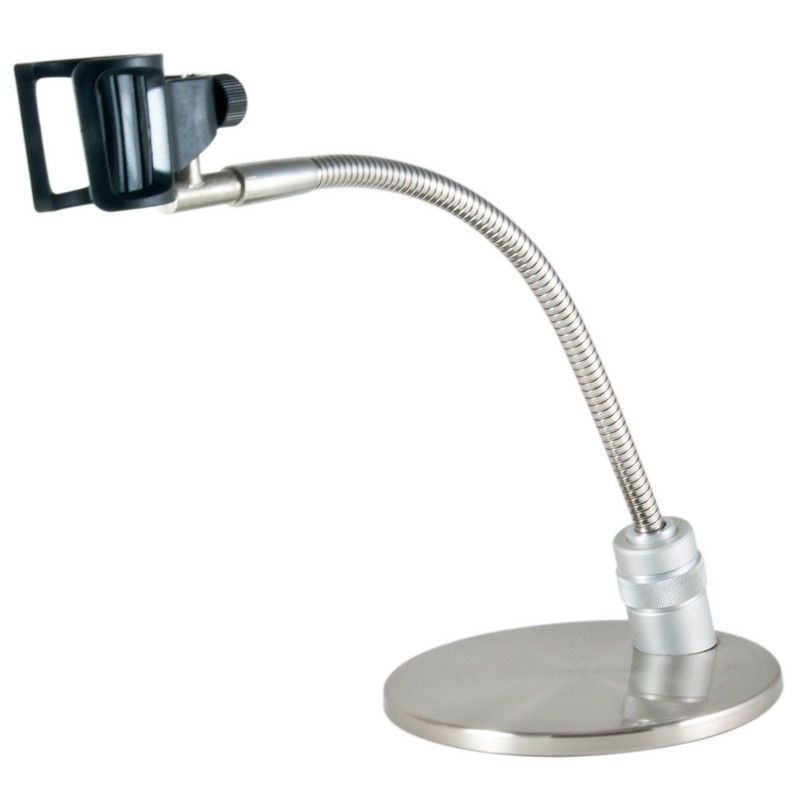 Round metal base with flexible arm and holder for the Dino-Lite. The MS33W has the possiblility to vary the height (appr. 15 mm) with a turning knob in the base.
Round metal base with flexible arm and holder for the Dino-Lite. The MS33W has the possiblility to vary the height (appr. 15 mm) with a turning knob in the base.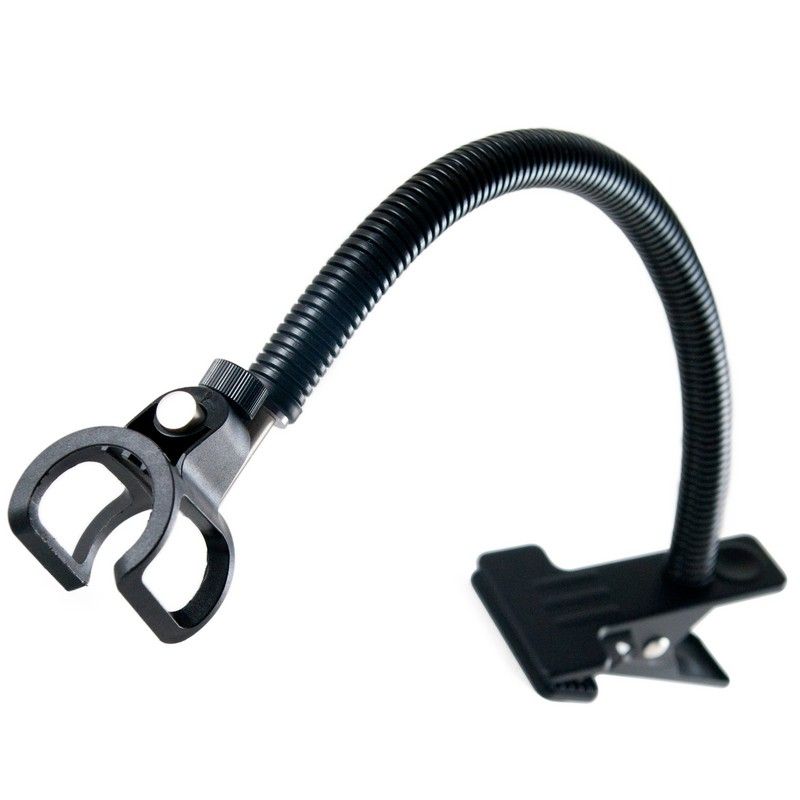 The MS23B is a desktop clamp with flexible gooseneck that can be clamped to a desktop or any other surface of up to 3cm thick.
The MS23B is a desktop clamp with flexible gooseneck that can be clamped to a desktop or any other surface of up to 3cm thick.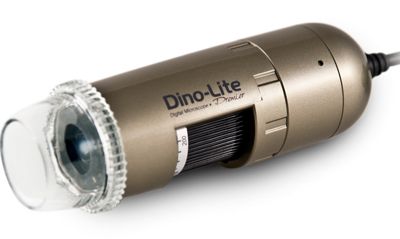 By using a special polarization filter, the AM4113ZT is the right choice when working with high glare materials such as plastics and metals.
By using a special polarization filter, the AM4113ZT is the right choice when working with high glare materials such as plastics and metals. The Dino-Lite AM7013MZT has a 5 megapixel sensor for crystal clear images, even under higher magnification. The built-in adjustable polarizer reduces glare and reflection on shiny objects.
The Dino-Lite AM7013MZT has a 5 megapixel sensor for crystal clear images, even under higher magnification. The built-in adjustable polarizer reduces glare and reflection on shiny objects.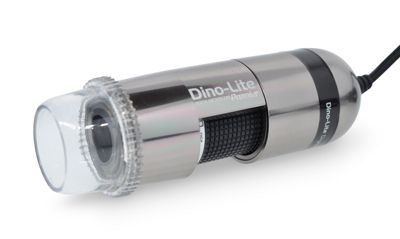 By using a special polarization filter, the AM4013MZTL is the right choice when working with high glare materials such as plastics and metals. This model features an aluminum alloy housing for enhanced protection and durability and the best look and feel.
By using a special polarization filter, the AM4013MZTL is the right choice when working with high glare materials such as plastics and metals. This model features an aluminum alloy housing for enhanced protection and durability and the best look and feel.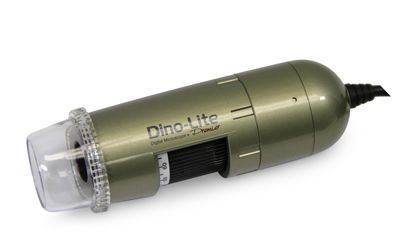 By using a special polarization filter, the AM4113ZTL is the right choice when working with high glare materials such as plastics and metals.
By using a special polarization filter, the AM4113ZTL is the right choice when working with high glare materials such as plastics and metals.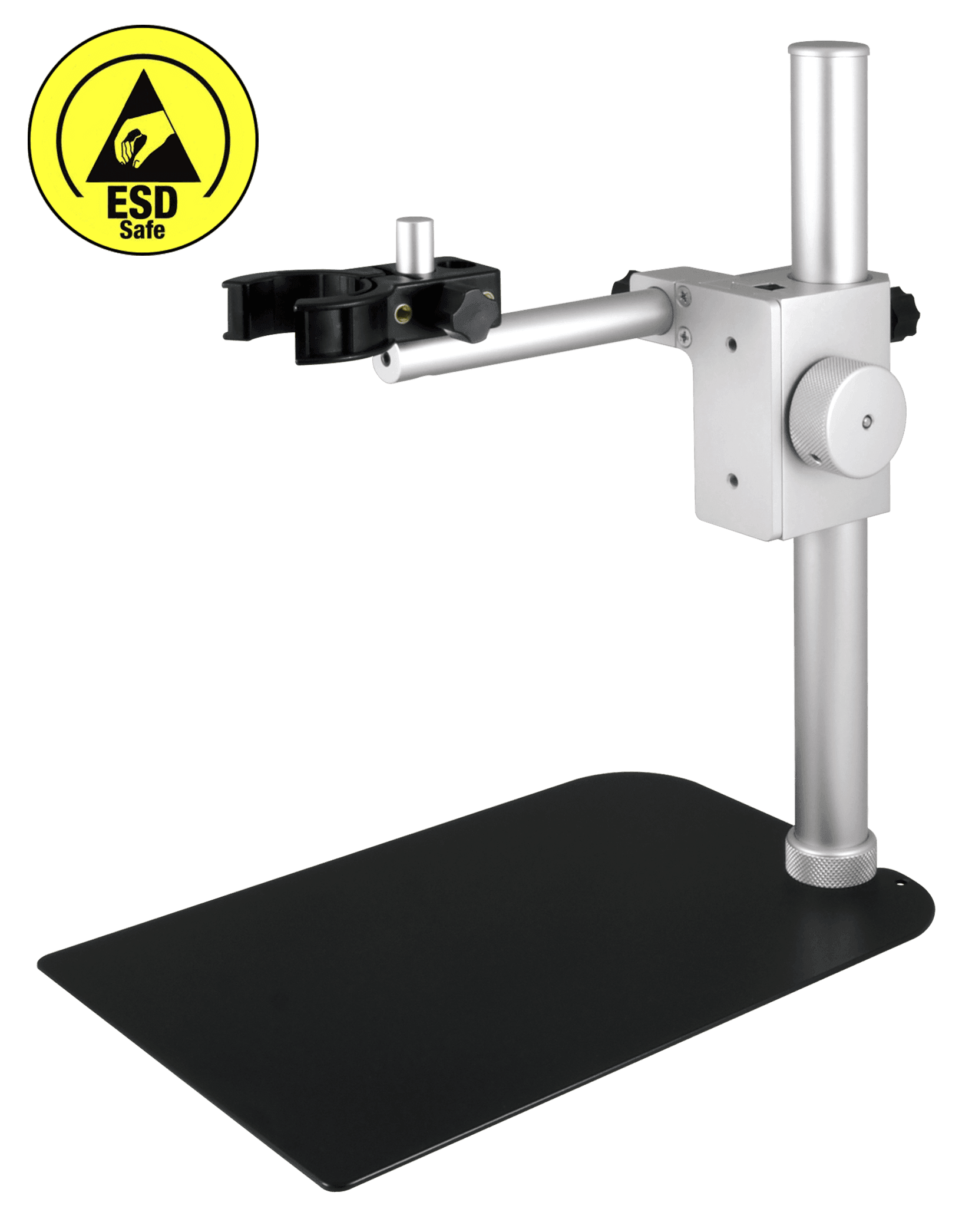 The Dino-Lite RK-06-AE stand is a sturdy and stable mid-range stand solution that can be used with all Dino-Lite digital microscopes. It is constructed of stainless steel and lightweight aluminum and offers precise fine-focus adjustment as well as a quick vertical release function.
The Dino-Lite RK-06-AE stand is a sturdy and stable mid-range stand solution that can be used with all Dino-Lite digital microscopes. It is constructed of stainless steel and lightweight aluminum and offers precise fine-focus adjustment as well as a quick vertical release function.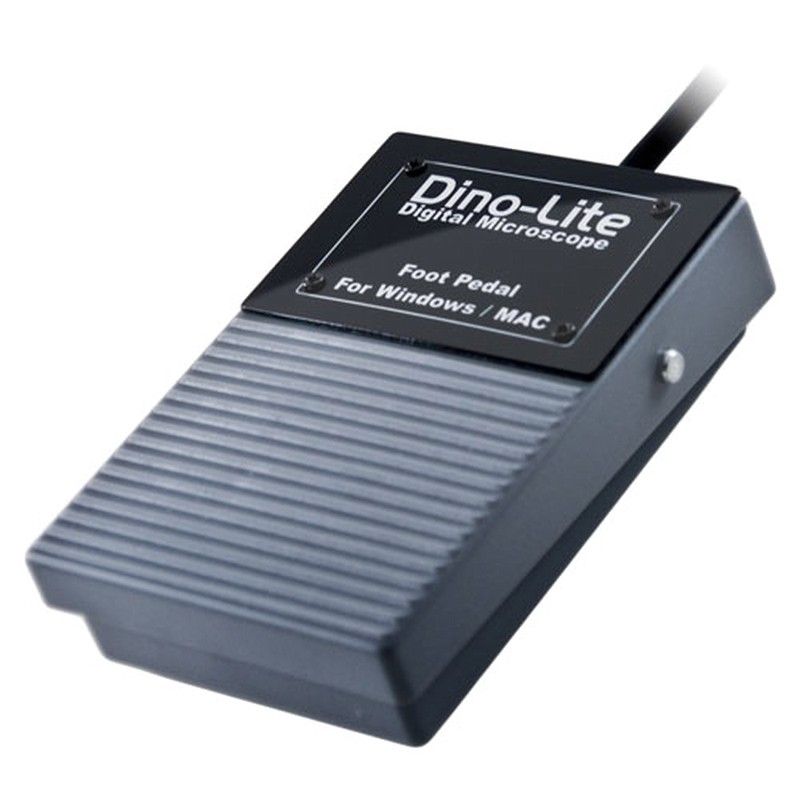
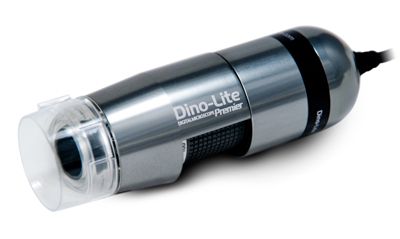 The Dino-Lite AD7013MZT has a 5 megapixel sensor for crystal clear images, even under higher magnification. The built-in polarizer reduces the shiny effect on reflecting materials, such as metals, plastics, jewelry, electronics etc.
The Dino-Lite AD7013MZT has a 5 megapixel sensor for crystal clear images, even under higher magnification. The built-in polarizer reduces the shiny effect on reflecting materials, such as metals, plastics, jewelry, electronics etc.
